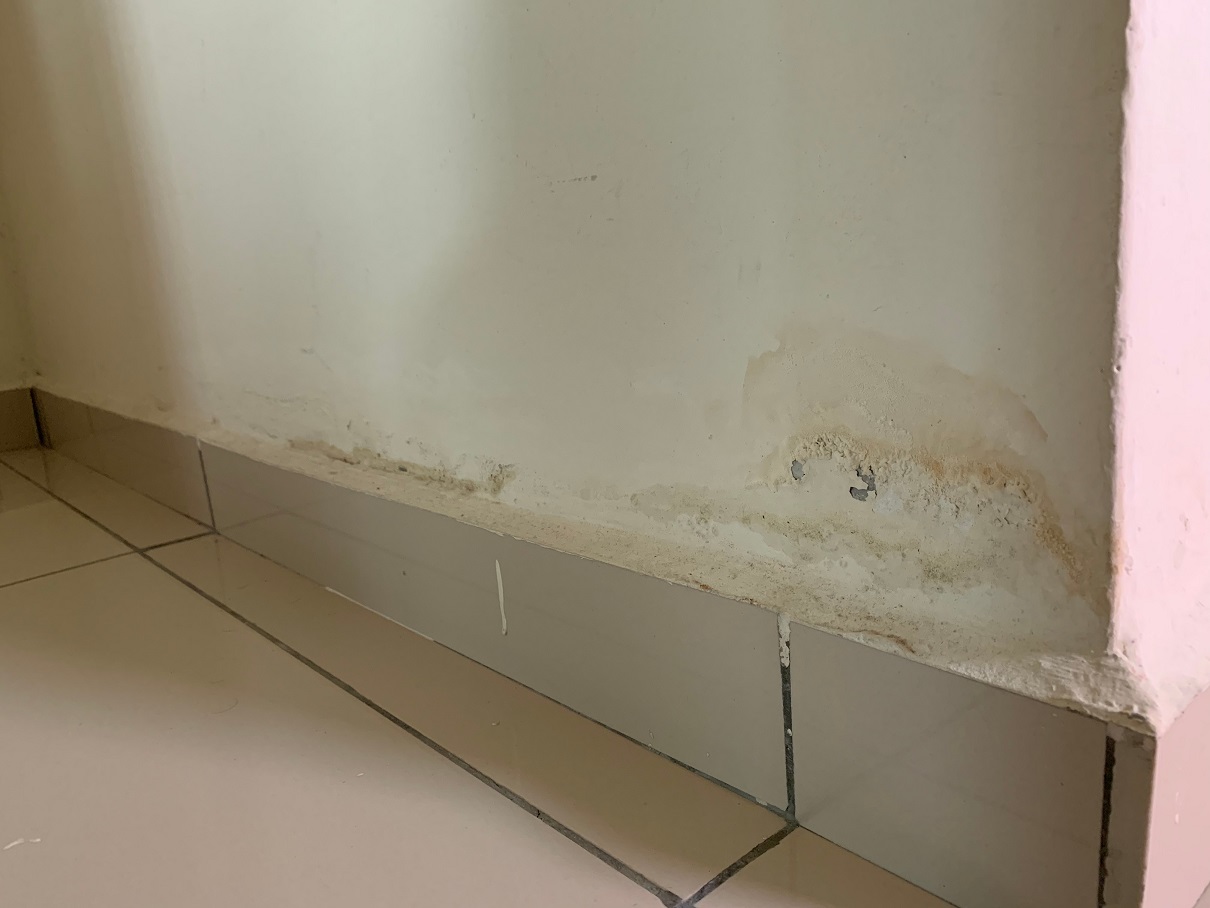Blog
Signs Your DPC is Compromised

Every house built in the UK after the late Victorian era was constructed with a DPC (damp proof course). It became mandatory in London in 1875 and the rest of the UK soon followed suit in a bid to try and prevent moisture from making its way into houses. Whilst DPC installation became mandatory, it was mostly actioned through a layer of slate or bitumen. This is far different from modern methods, but it worked at the time.
The problem millions of homeowners now have is that in their Georgian, Victorian, and even Edwardian houses, the DPC that was installed (if at all) is beginning to age and fail. Newer properties can also fall victim to a compromised DPC, although it is more common in older ones.
New house or not, it’s important you’re able to recognise the signs of a compromised or failed DPC in order to prevent serious damp problems.
What is DPC?
A DPC is a damp proof course. In new builds, a DPC typically takes the form of a membrane, but DPC injection cream is also available. The height of the DPC above ground level needs to be about 150mm in order to be most effective. The goal is for the DPC to prevent rising damp from penetrating the property. Over the course of 30 years or so, it is possible for a DPC to break down, therefore allowing moisture into the property and causing rising damp. It’s also possible for homeowners to unintentionally bridge the DPC, causing similar issues.
Symptoms of a failed DPC
If your DPC is compromised or needs repairing/replacing, there are a number of tell-tale signs you can keep an eye out for. Seeing as a DPC is installed just above ground level and is designed to protect against rising damp, you’ll see signs no higher than 1.5m off the ground. If you notice some of these symptoms higher up, there’s a good chance your property has penetrating damp or a type of timber rot. Some of the most common signs are:
Peeling wallpaper and/or paint
When moisture sits on a wall, it essentially makes the wall wet. This can break down the adhesive used to hang wallpaper, and it can also separate paint from the wall. If you spot any peeling wallpaper and paint, or bubbles beneath the surface of the paint or wallpaper, it’s a good sign your walls are wet and you have a damp problem.
Mould
Mould is one of the most common signs of damp. If you see any black spores on your walls, it’s a sign of damp. It’s important to note that rising damp caused by a compromised DPC will only appear less than 1.5m high – if you see black mould on or around window frames, on the ceiling, or higher up the walls or on the ceiling, you could have a case of condensation instead.
Salt deposits
Efflorescence can commonly be seen on exterior brick walls. It appears as a white stain but is actually a build up of crystalised salt. If your DPC has been compromised, you could find that you notice salt deposits on your interior walls as well as your exterior walls. Wherever you see efflorescence, it’s a sign of rising damp because the minerals are found in the earth, so it’s a solid indicator of a damaged DPC.
Damp tide mark
The biggest and most obvious sign of a compromised DPC is a tide mark on the walls. You will notice a big wet patch on your walls, often looking as though someone has just thrown a bucket of water on it. Due to the force of gravity, the dampness won’t go above 1.5m, but it can still cause serious damage as it the best indicator that you have rising damp.
How to fix a compromised DPC
If your DPC is compromised, there are a number of ways you can get it fixed. You could hire a professional to install a membrane, but this will involve removing bricks and mortar section by section. It can be very expensive and costly.
A damp cream injection is the most common fix and involves inserting a water-resistant substance into the property’s fabric. It’s best done by a professional to ensure it is spread evenly and doesn’t affect any cavities in the wall. Get in contact with Garratt’s Damp and Timber if you’re located in Greater London and the northern Home Counties to see how we can help you fix your DPC.
How much does DPC cost?
The cost of a DPC depends on the property. The larger the property and the more damaged the DPC is, the more expensive it will be. The best option is to book a site survey. A member of our team will talk through your damp proofing options with you, and they will give you a no-obligation quote. It’s worth bearing in mind you may need professional treatment for damp if your walls, floors, or skirting boards have been affected. We can help with this, too.
Book a DPC survey
If you think your DPC is compromised, or if you want to check the status of it, please contact us to book a professional DPC survey.
Archived Articles
Recent
-
18 Mar 2024
How to Get Rid of Damp in Bedrooms
While it may seem more logical that kitchens and bathrooms are more prone to damp, it may be surprising for…
-
13 Nov 2023
Benefits of Tanking Your Basement
While basements have been a staple of home construction in multiple countries, they are still a relatively new concept in…
-
13 Nov 2023
Taking Action on Fixing Damp
Damp is a widespread problem in properties across the UK; however, this doesn’t stop the fact that it’s a serious…







